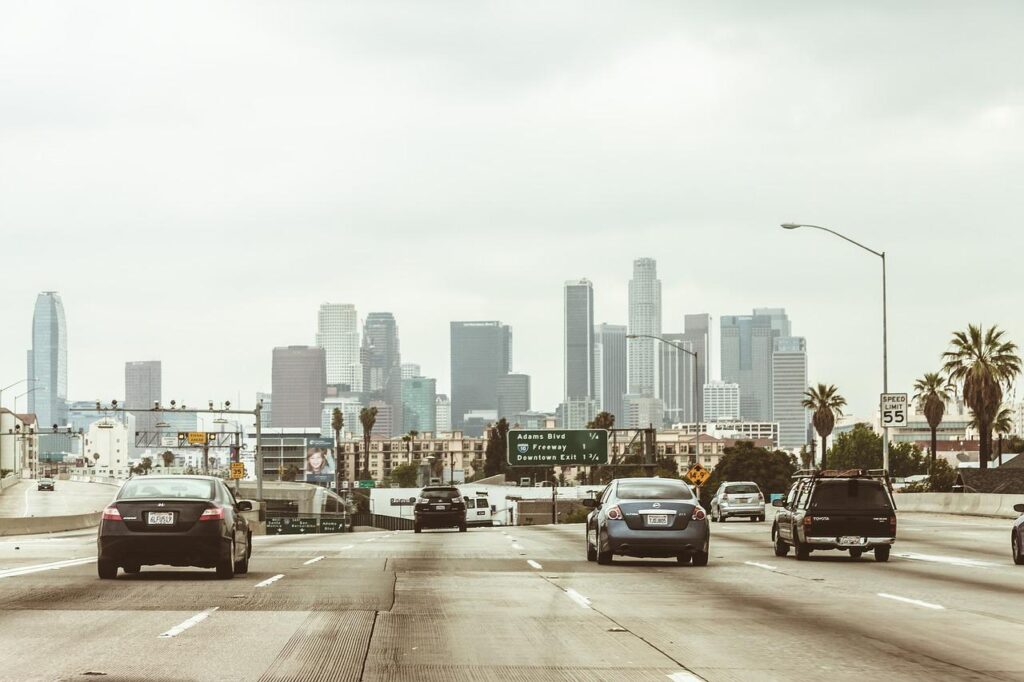Why California Residents Could Be In Big Trouble This Winter
California is entering its third winter season where the weather is predicted to stay warm and dry until at least January, this is bad news for a state plague by intense drought conditions leading to a strained water supply and continual risk of extreme wildfires.
California residents should prepare for a warm, dry winter as La Niña conditions (which refers to the periodic cooling of ocean temperatures in parts of the equatorial Pacific) are expected to persist through January. The winter outlook, released by the National Oceanic and Atmospheric Administration, spells trouble for the drought-ridden state as it enters what is usually its wettest season. In years past, rainfall and the Sierra snowpack replenish water supplies that carry the region through the rest of the year.
Speaking about California’s winter outlook, Operational Drought Lead with NOAA’s Climate Prediction Center, Brad Pugh said the state is heading toward its third year of extreme drought conditions. “In terms of impacts, it’s adversely affecting agriculture, increasing the wildfire danger, and even has impacts on tourism,” said in a media briefing via the Los Angeles Times. Drier than-average conditions are also forecast across the Southwest, the southern Rockies, southern Plains, Gulf Coast and much of the Southeast.
Along with California, drought conditions are currently present for about 59% of the country. The bleak forecast comes after extreme heat and dryness this summer. As a result, more than 6,800 wildfires have burned, destroying nearly 800 structures and claiming nine lives, the California Department of Forestry and Fire Protection reports. The state also saw a blistering, 10-day heat wave that shattered thousands of temperature records and increased the drought categories in the Pacific Northwest.
While more dry weather is expected for Southern California, the winter outlook for the Northern part of the state remains uncertain. The forecast shows equal chances of above-average or below-average rain in the region. But the area urgently needs more moisture than that. More than 90% of the Golden States is under severe, extreme, or exceptional drought, the three worst categories under the U.S. Drought Monitor.

Sadly, the increasing warmth and dryness driven by climate change are also upending California’s long-held weather patterns. This has made the timing and availability of water in the state less reliable. As a result, state and federal water supplies are facing significant shortages and cutbacks due to drought. And officials say more cuts are likely if the dry weather persists in 2023. However, officials cautioned that while La Niña can offer a snapshot of what’s to come, it’s not a guarantee.
Chief of the Climate Center’s Operational Prediction Branch, Jon Gottschalck said the signal is most reliable in Southern California and the Southwest, with conditions in the Bay Area and Northern part of the state harder to predict because of sub-seasonal weather and climate events. These typically appear over a couple of weeks as opposed to a long-term pattern. “It’s a real challenge,” he told Los Angeles Times.
“Certainly, atmospheric river events can occur during these La Niña winters, and I wouldn’t expect anything otherwise,” Gottschalck added. He explained that it’s more of the frequency of them (when they occur and how cold the situation is in the Pacific Northwest and California) and whether the snowpack can build up to sufficient levels so that it melts over time in the spring to create overall drought relief.











